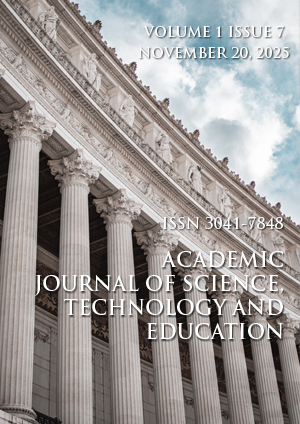Abstract
This article examines how innovative pedagogical technologies - especially ICT-enhanced strategies, project-based learning (PBL), and Visual Thinking Strategies (VTS) - can measurably improve the effectiveness of fine arts lessons. Drawing on peer-reviewed studies and open-access reports, it argues that technology itself is not a panacea; rather, effectiveness emerges when teachers integrate digital tools with robust pedagogy that foregrounds inquiry, collaboration, and reflective visual discourse. Evidence from Australian secondary art classrooms shows that teachers’ beliefs shape the depth and quality of ICT use; when confidence and pedagogical purpose are strong, technology amplifies students’ engagement and learning, but when doubts persist, adoption remains superficial and “gimmicky.” Complementary research on PBL in online art classes identifies six design features that reliably strengthen learning-driving questions, clear goals, authentic practice, collaboration, learning with technology, and artifact creation - offering a replicable blueprint for lesson design.
This work is licensed under a Creative Commons Attribution 4.0 International License.
